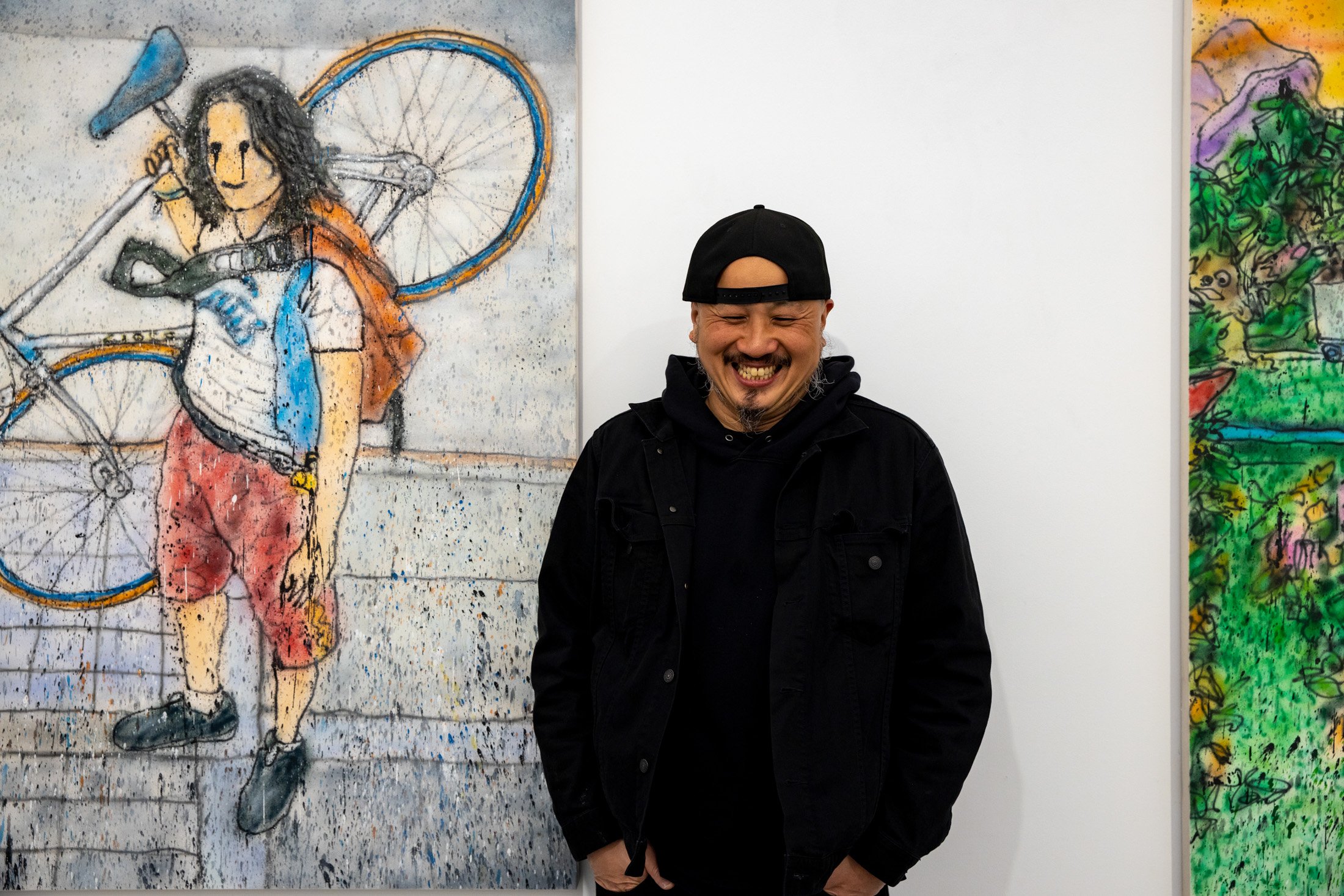The King of Kowloon- Hong Kong's Self-Proclaimed Graffiti Royalty

Tsang Tsu-Choi AKA The King of Kowloon, doesn’t care if you think he’s an artist, he just wants you to know that he’s “The King”.
His transition from raving madman to respected graffitist is a long and winding path. Known for his charcoal black calligraphy-inspired graffiti covering exclusively government property like post boxes, train stations, and buildings. His naive but captivating brush strokes with statements translating to “Fuck The Queen” and other inflammatory political statements first started popping up in 1956. To young Hong Kongers today, he's one of the world's first graffiti artists and a symbol of protest against the city's British annexation from 1842 until 1997, and later rule by the Chinese government.
As legend has it after moving to Hong Kong from mainland China at age 16, Tsu-choi spent years as a drifter and occasional garbage collector. According to him, his fate forever changed after he “stumbled upon” ancient documents proving his family was the rightful inheritor to the district of Kowloon in Hong Kong for generations, until the British seized the city. Although this claim is totally unverified, after a serious car crash in the mid 50s Tsang Tsu-choi began his creatively powered revenge using Hong Kong as an urban canvas.
Under the cover of night using a cheap brush and black ink, he plastered almost any public space that caught his eye with jarring angular Chinese characters asserting his position of “King” despite the city's obvious control by outside forces. Soon it became a race between him and local authorities who tried to cover up his graffiti, but whose scrubbing brushes were no match for the relentless pace of his scribbles.
First dismissed by some Hong Kongers as the ravings of a mentally ill man, his strong resistance to foreign government control of Hong Kong and the fact that his calligraphic style modernly repurposes of one the most respected art forms in Chinese culture, led to his work's rise from obscurity to celebration. Tsu-choi even was featured at the Venice Biennale and collaborated with high fashion designer William Tang Tat-chi.





